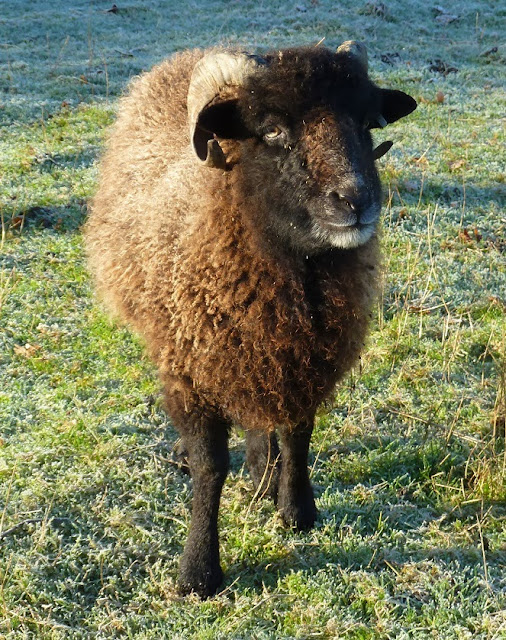
With huge thanks to John Ushant a photo from his private family collection of his great grand mother. This photo was thought to be taken circa 1900 on the island of Ouessant. A tantalising glimpse into the history of the island. As was the tradition the sheep would be moved onto fresh grazing tied in pairs.
Over a hundred years later and photos taken by the lady in the photos' great grandson on the island where he lives still today.

The size type and colour are interesting, still some black is present even after all this time. Is the black of ouessant sheep truly recessive or is there some dominant black in the population?

Gone is any resemblance to the primitive north european short tailed breeds replaced by a commercial faster maturing heavier sheep more appealing to todays meat market.

































